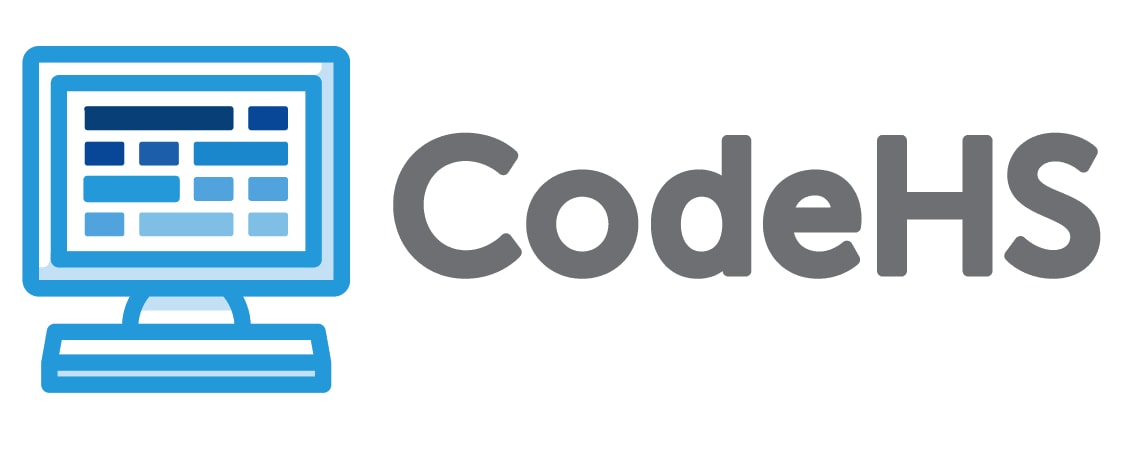The Introduction to Artificial Intelligence (AI) course teaches students important programming concepts that enable the use of AI in computer science and society at large. Students learn the implications of AI on society and develop a series of projects that illustrate the variety of ways AI can be used to optimize and predict information.


